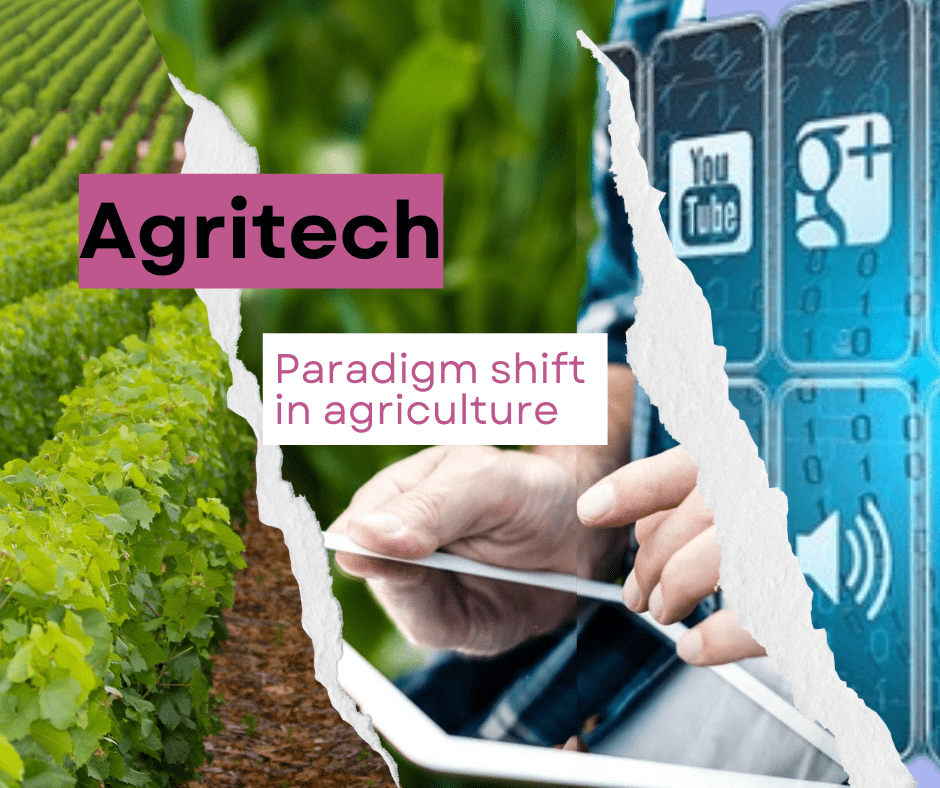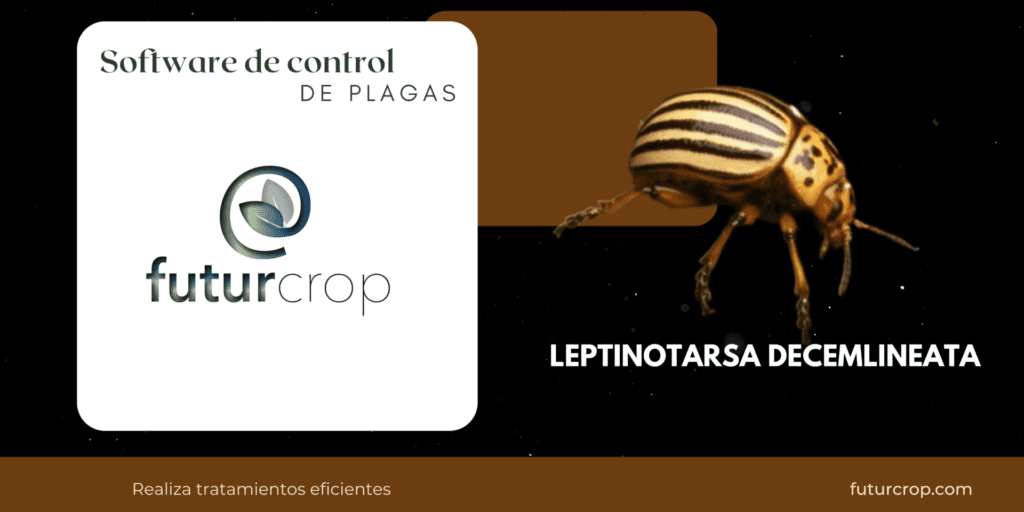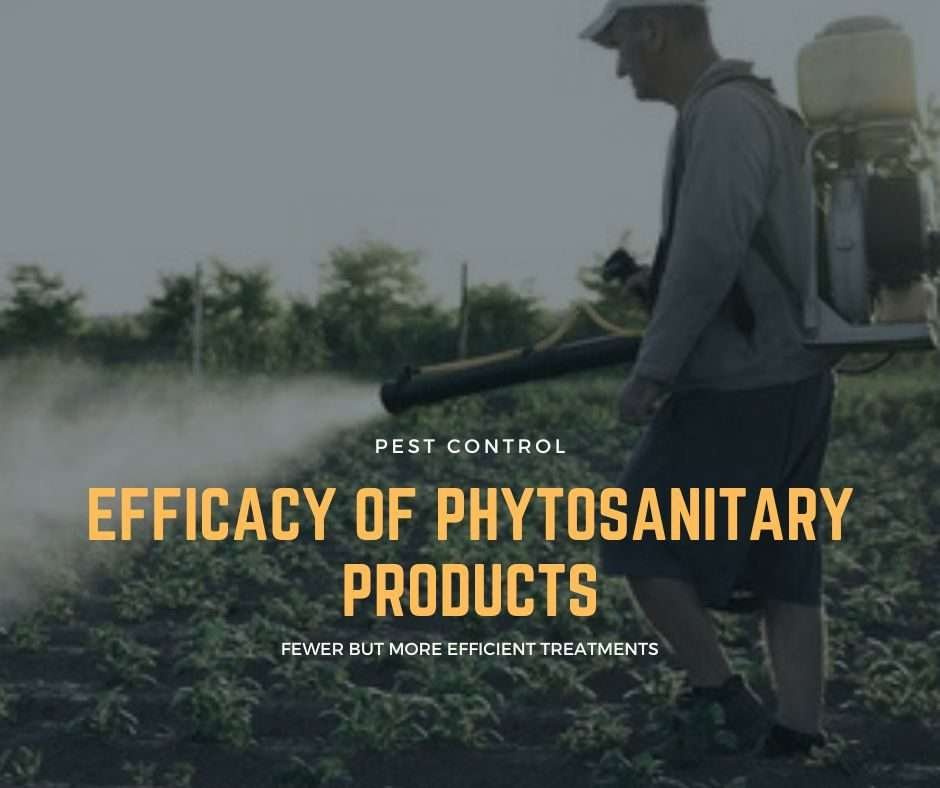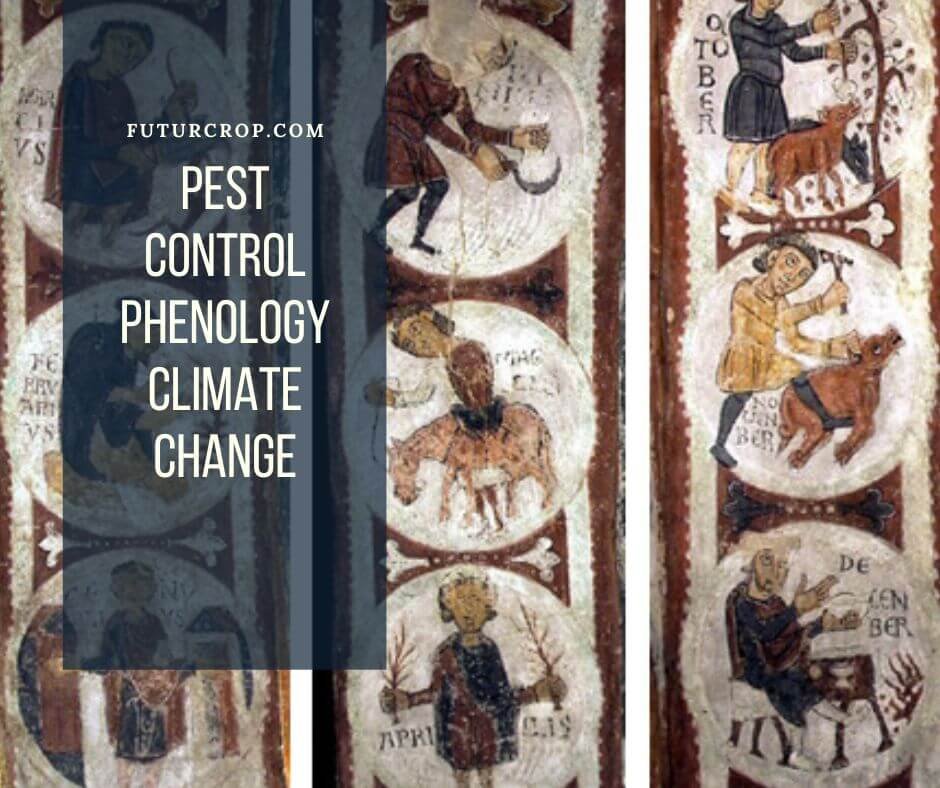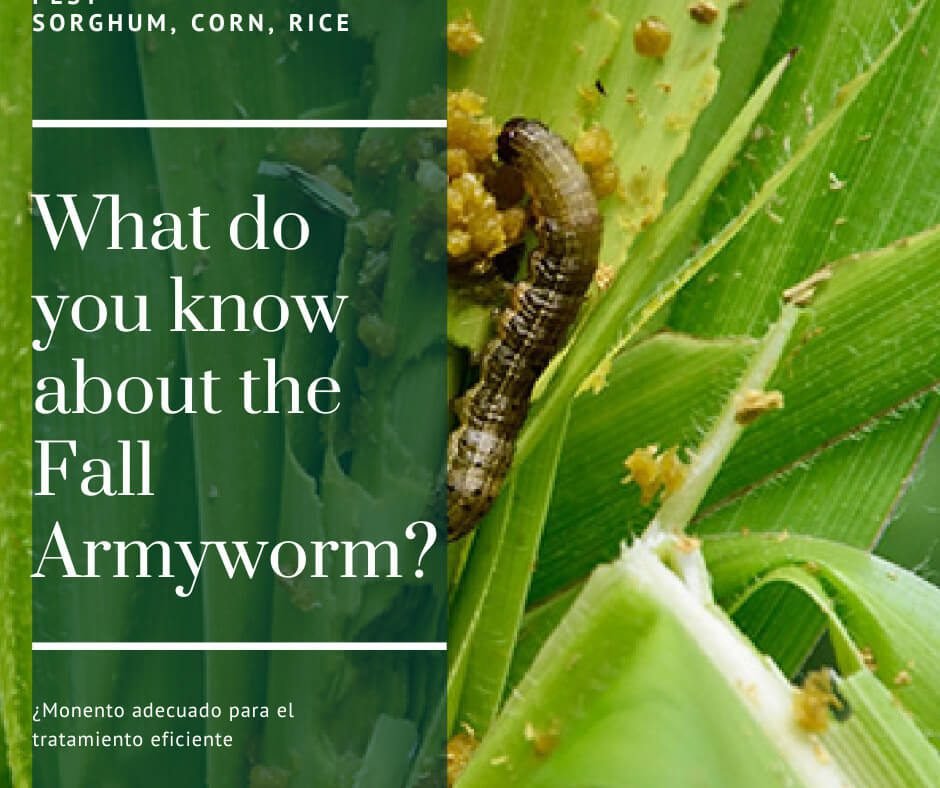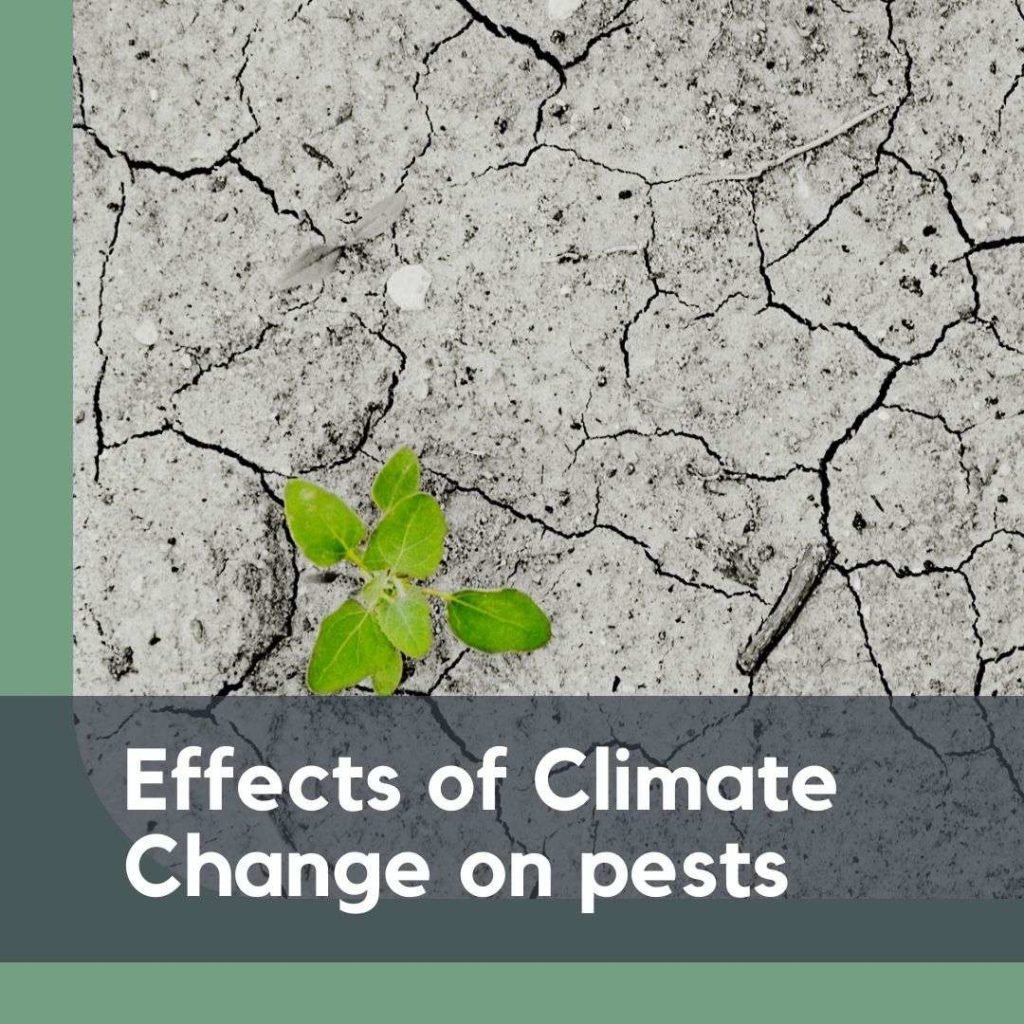Paradigm shift in agriculture
Internet, communication technologies, big data, Artificial Intelligence etc coexist in our everyday life. These new technologies are present in leisure, in communications, in the information we consume. But curiously, those innovations that we all use on a day-to-day basis do not reach agriculture, because the paradigm of agriculture we use is still the same as that of 50 years ago.
Why was it so easy to change the paradigm from traditional agriculture to an intensive, industrialized, chemical-input-consuming agriculture? Obviously, it is easier to sell a technology that generates revenue than a technology that improves processes and reduces costs.
Agriculture today
Obviously, the increase in temperatures due to climate change is one of those great conditions, but not the only one. Some other conditions of today’s agriculture cause so much damage to the environment and human health that they must necessarily change in the immediate future.
Agricultural land is a limited and sometimes degraded resource, production depends excessively on chemical inputs that harm human health and the environment, markets guide demand, sometimes against agricultural practices or biodiversity.
On the one hand, there is the need to respond to the high demand for food; On the other hand, the areas dedicated to this activity cannot increase, making it necessary to optimize resources.
The agricultural sector requires these new technologies in order to increase productivity and preserve the environment.
The future of Agriculture
Several directions towards the paradigm shift in agriculture can already be glimpsed, which has at least 2 factors.
Smart agriculture
Smart agriculture is the efficient and sustainable agriculture which is possible thanks to data management. Agriculture is already a participant in the information revolution, because new communication technologies allow quick and economical access to information that allows optimizing decision-making in agricultural production. The Internet is an accessible source of knowledge and more and more automation systems for data collection and control are being developed.
Biotechnology
The development of biotechnologies in the last 15 years allows us to glimpse another way of changing the paradigm in agriculture: transgenic plants (resistant to pests and / or diseases, or new / improved), replacement of some agrochemicals by products of biological origin, such as bioinsecticides. bioherbiciclas, etc.
New challenges
To take on the new challenges and the new reality, in addition to the development of new technologies, a change of attitude and a change in the way of doing things is required. Some agricultural producers have begun to make this change consciously, as a strategy for the future. Others will do it as a reaction to new and unexpected situations. Climate change is arguably the biggest risk factor in agriculture. In extreme situations, for example, a pest or disease unknown to the farmer, he decides to adopt preventive measures, plant resistant varieties, or any other measure that solves the problem. It is a rapid change that responds to the necessary adaptation in a time of extreme crisis.
But agriculture needs the sum of many permanent changes, which allow environmental sustainability , increase productivity, improve cost control, the quality of its products. The relevant change is not faced with the crisis situation but by the motivation to overcome the current condition and seek opportunities for improvement.
The quality of our food and the certainty of a balanced and sustainable environment depend on the vision of farmers.
Related Post
Digital transformation, the new challenge of agriculture
Software for sustainable agriculture
The Future of Food and Agriculture – Alternative Pathways to 2050
